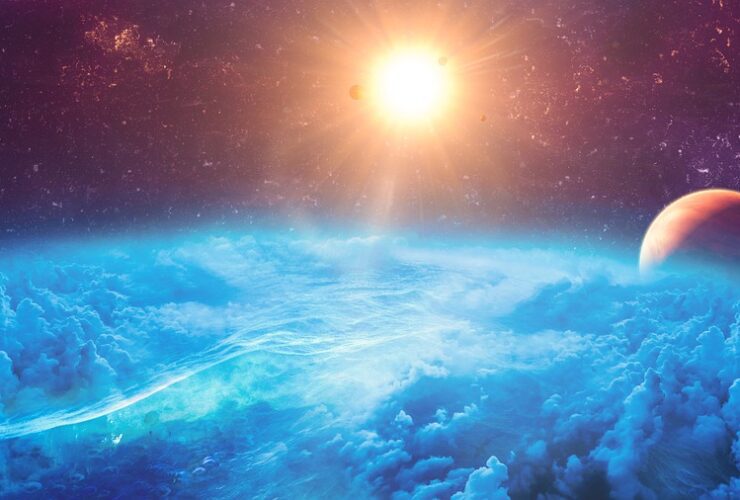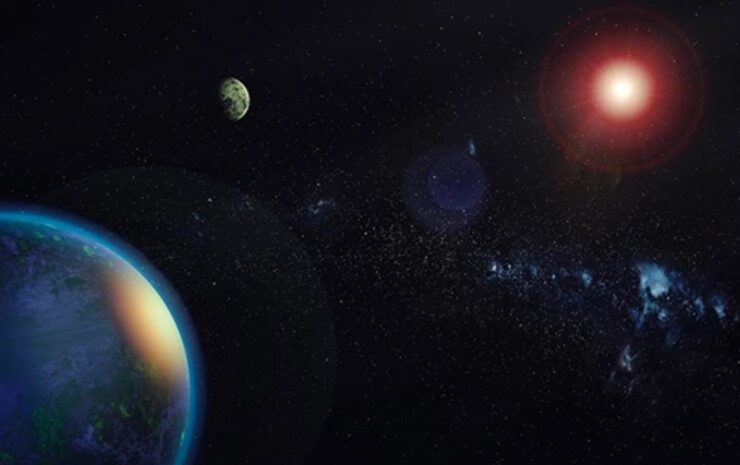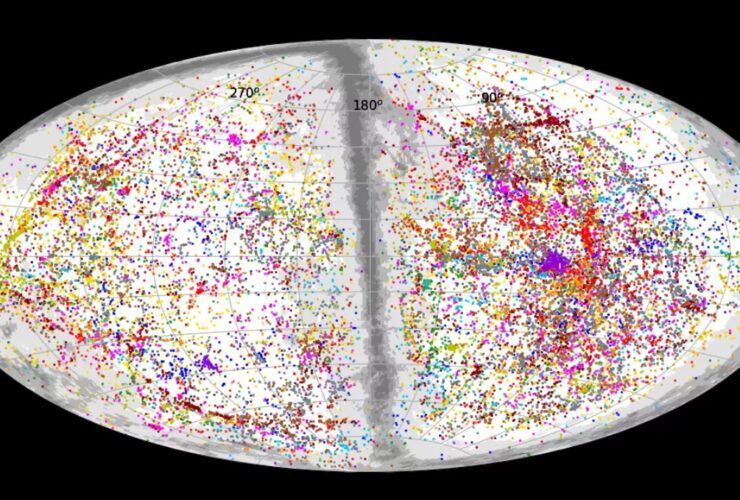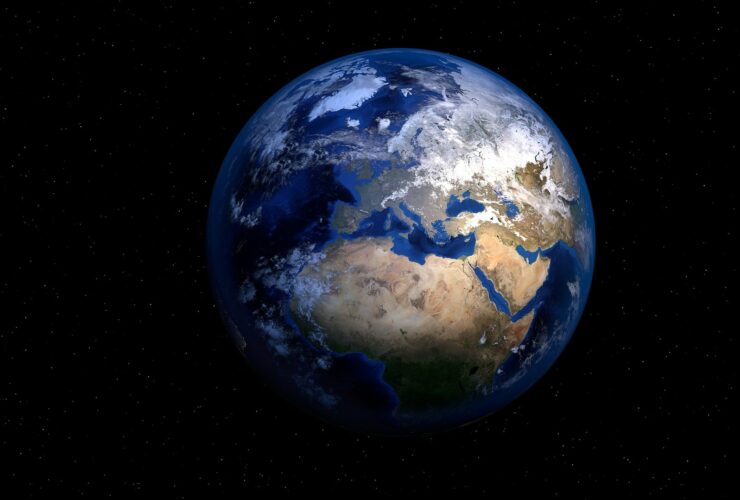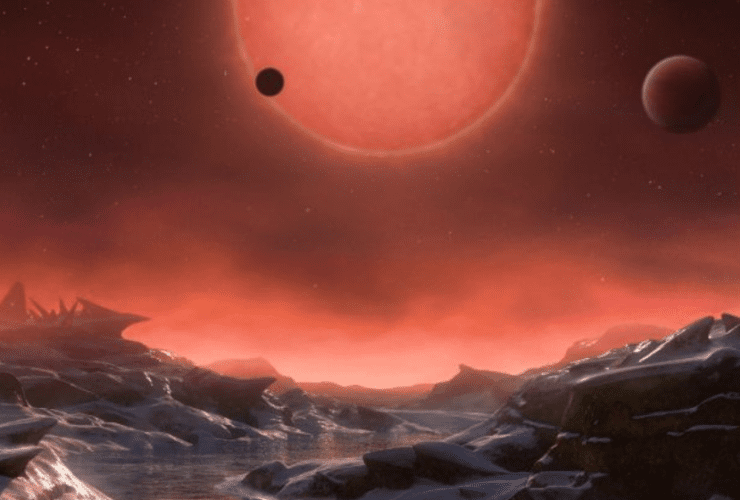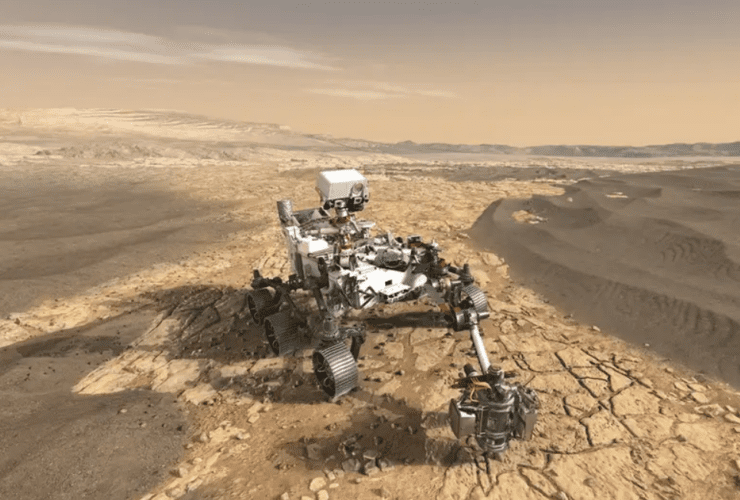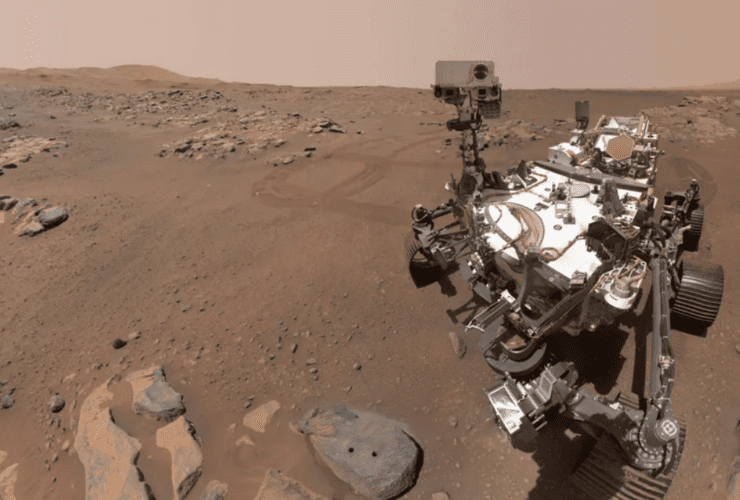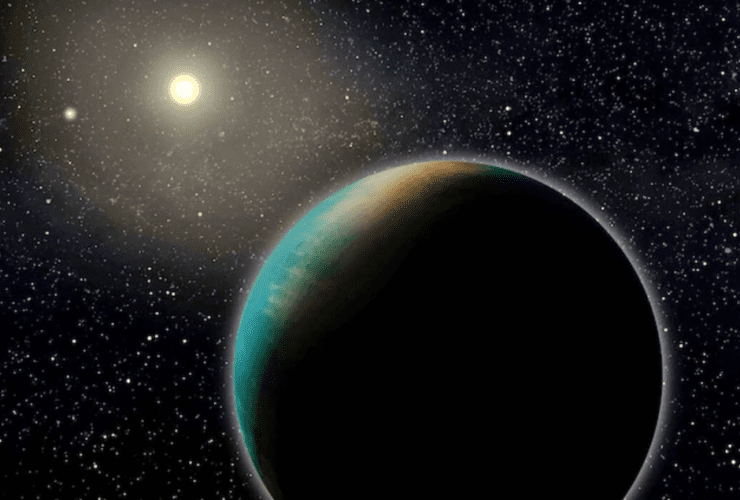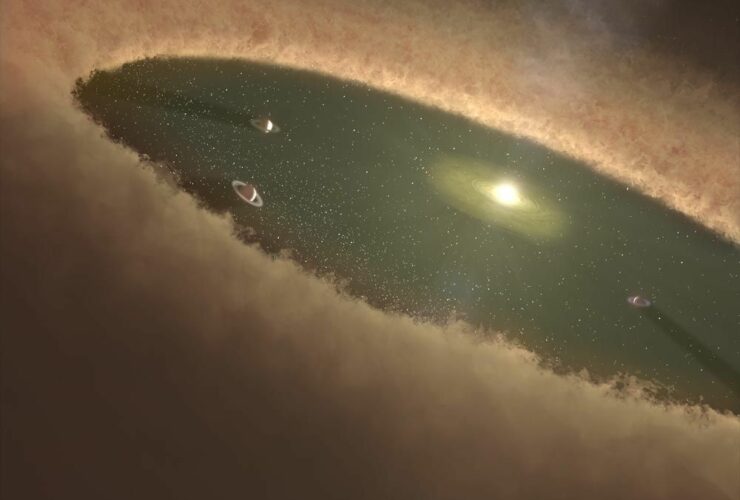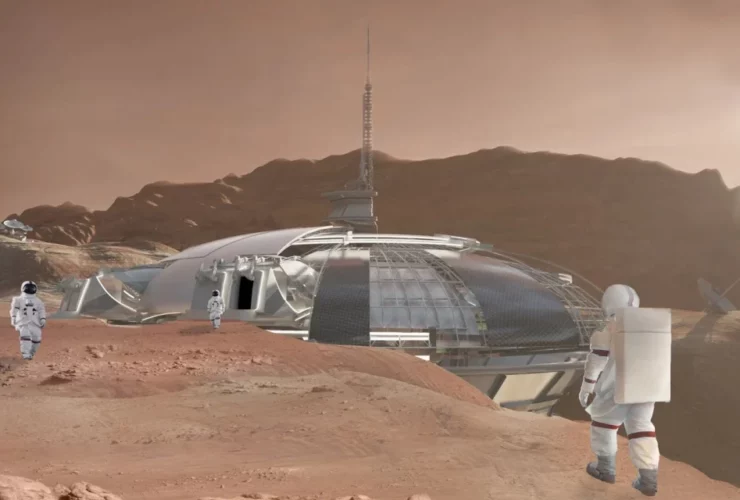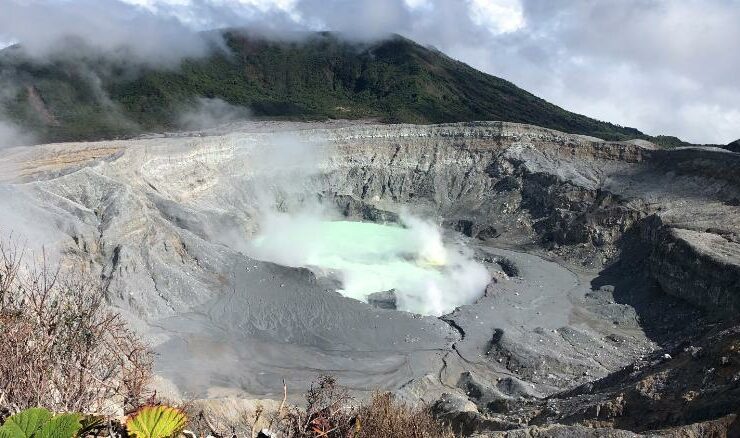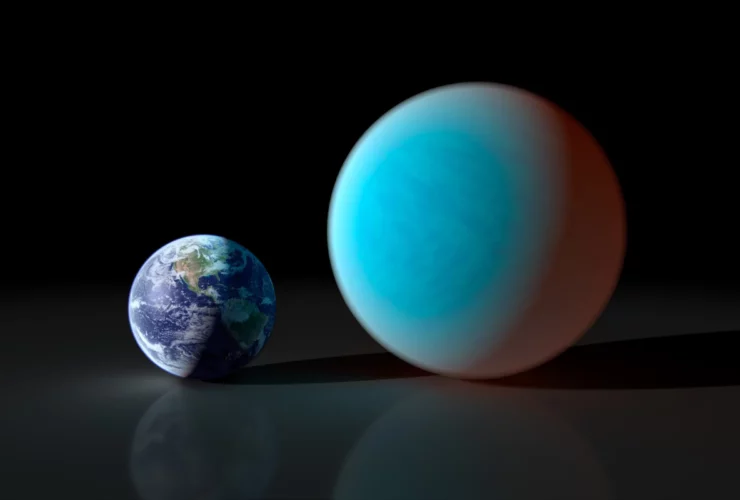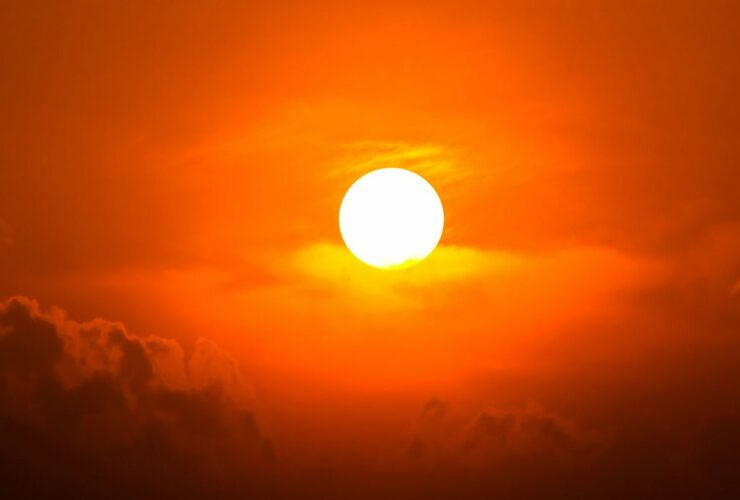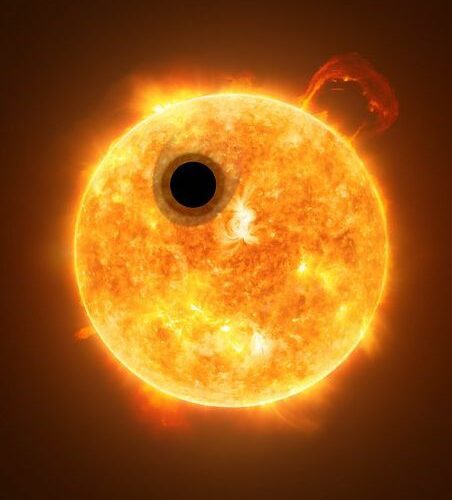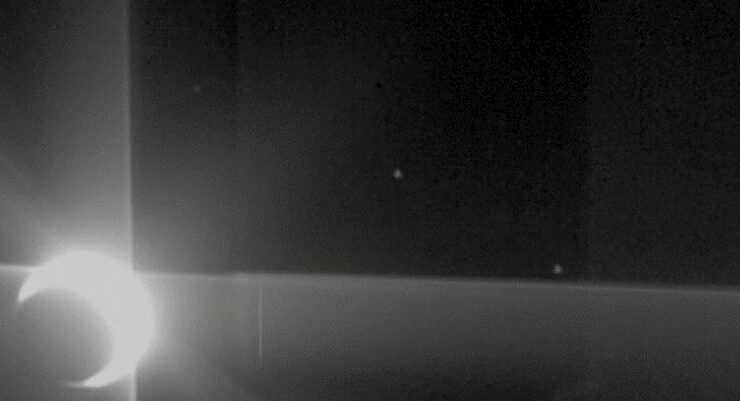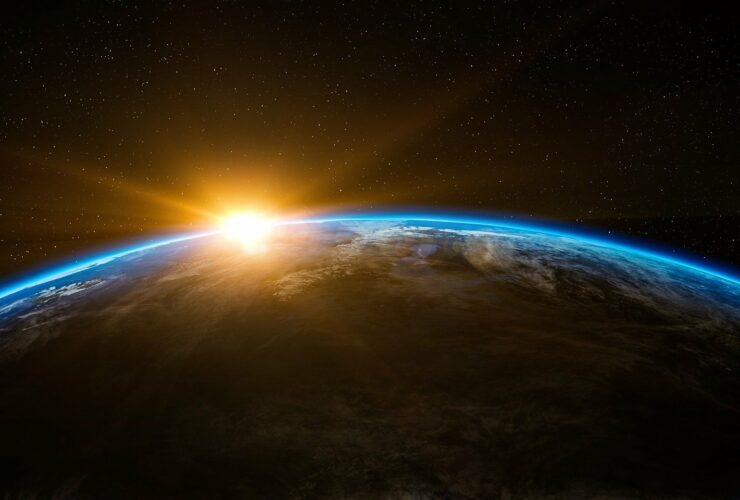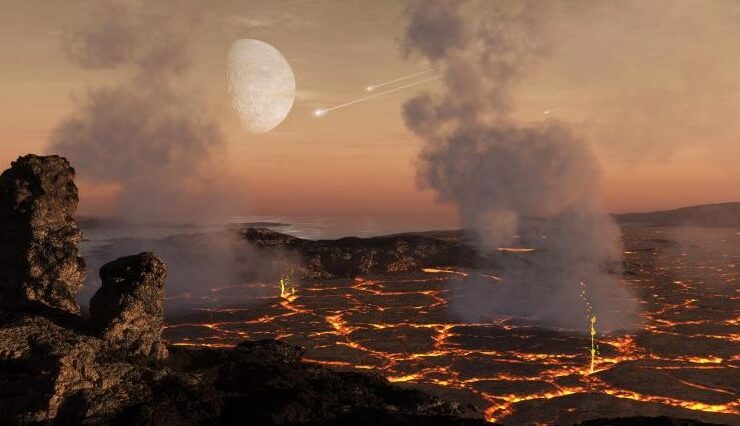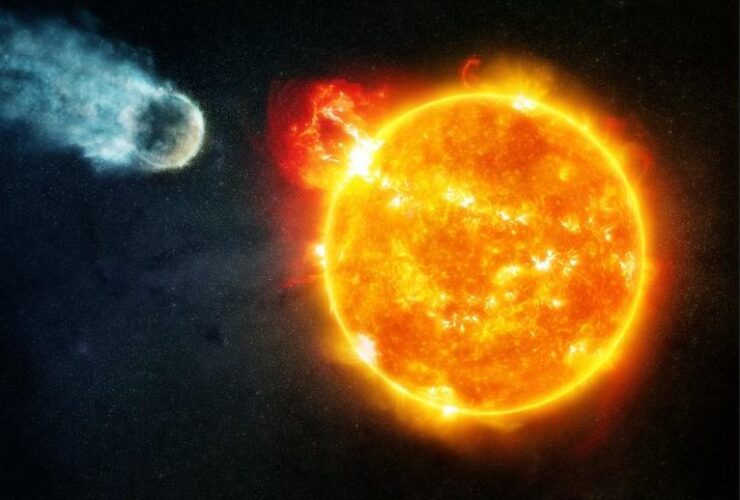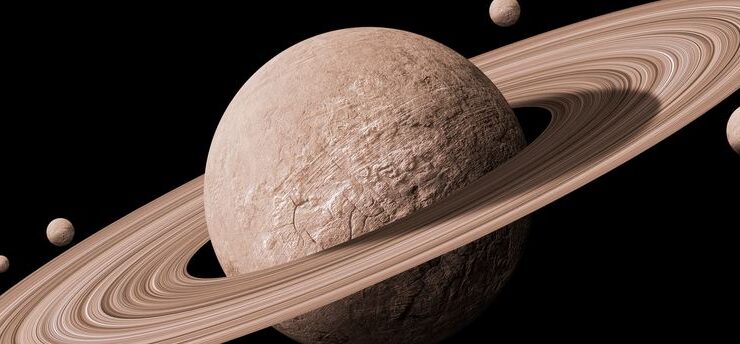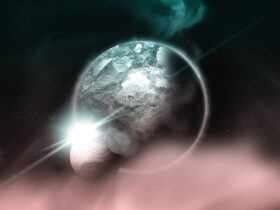“Like finding a snowball that hasn’t melted in a fire.” Deep in space, where planets are either roasting or frozen, astronomers just found an impossible world—a Neptune-sized exoplanet that orbits its star so closely it should have evaporated long ago. ...
Imagine a world where the skies rain vaporized metals, and winds howl at speeds that make Earth’s fiercest hurricanes seem like gentle breezes. Welcome to WASP-121b, also known as Tylos, an exoplanet located approximately 900 light-years away in the constellation ...
Recently, astronomers came across a few fascinating leads in the quest for life on other planets. The discovery includes two Earth-like planets in the habitable zone of a red dwarf star named GJ 1002. Check out all the facts below. ...
Researchers are now able to compute the age and rate of the Universe’s expansion with an unparalleled level of accuracy thanks to a new map of the distances of tens of thousands of galaxies. Even though the cosmos continually expands, ...
Researchers had long been amazed by lonsdaleite, meaning hexagonal diamonds. Now they may finally know the origin behind their existence: a dwarf planet colliding with a big asteroid at a time when our Solar System was only beginning to form ...
According to a recent survey of exoplanets around red dwarf stars, there’s a rise in the population of water worlds. Apparently, we may have underestimated how much wetter the Milky Way galaxy is. What’s more curious is that the newly ...
NASA’s Moxie (Mars Oxygen In-Situ Resource Utilization Experiment) has created almost 100 minutes of breathing oxygen, increasing prospects for future crewed expeditions. MOXIE succeeded in developing oxygen even if extreme temperatures and dust storms threatened the mission. It actually continued ...
Since the Mars Perseverance Rover landed on Mars, it has been a fascinating year and a half. Now, fresh data is coming in, and it contains a few surprises. The rover, roughly the size of a car and equipped with ...
Astronomers have found an Earth-like, bigger planet that could have deeper oceans and two sons. Do you ever think about what possibilities our Solar System holds? Like, are we really that different? Or alone? The discovery of Earth-like planets is ...
Planets do not take much longer to form after stars have formed. For example, the Sun formed 4.6 billion years ago, and the Earth about 4.5 billion years ago. However, scientists now say it is not necessarily the only possibility. ...
Establishing a new human colony on another planet provides a chance to experiment with novel concepts. More significantly, it’s a chance to learn from humanity’s previous blunders in habitat construction. Even though we have yet to dominate the moon or ...
Earth may be the only planet we know of that supports such a diverse diversity of species, but that does not imply that our globe is necessarily a pleasant place to live. Earth was a harsh and scorching environment at ...
Astronomers have identified a strange planet not present in our solar system orbiting other stars. It is neither too large nor too tiny but falls between the Earth’s and Neptune’s radii. Dense “super-Earths,” more prominent than Earth, are found near ...
The NASA TESS (Transiting Exoplanet Survey Satellite) mission just discovered something significant: our own sun is remarkably well-behaved in comparison to its counterparts elsewhere in the cosmos. (Image courtesy of NASA/Solar Dynamics Observatory and Getty Images.) According to Universe Today, ...
An international team of researchers from the University of Bern and the University of Geneva and the National Centre of Competence in Research (NCCR) examined the atmosphere of one of the most extreme known planets. The findings of this hot, ...
Ever wondered how sunlight is on other planets? Well, you may never know when you could actually come across some proof! Venus is well-known for its inhospitality. It’s a nightmarish planet, rough at edges, and apparently, the most reflective planet ...
The worldwide “business as usual” approach to the ongoing problem of climate change has gotten our planet’s “vital signs” to reach record-breaking levels of deterioration, an influential team of scientists reported last Wednesday. They warned that we are about to ...
A new method of analyzing planetary atmospheres reveals data about the initial composition of the atmospheres of rocky exoplanets. Researchers from the UC Santa Cruz released a paper recently discussing the technique, process, and findings. The ancient atmospheres of rocky ...
The hunt for habitable planets continues as scientists wonder now how hospitable are actually the red dwarfs. These cosmic features are one of the long-lasting and most common stars in the Milky Way, and they could hide more secrets than ...
Saturn has puzzled scientists’ work for decades due to its mysterious structure that’s so challenging to probe. Recent data, however, shed light on a subject that intrigues us all: what’s like inside Saturn? Thanks to the gas giant’s unique ring ...


